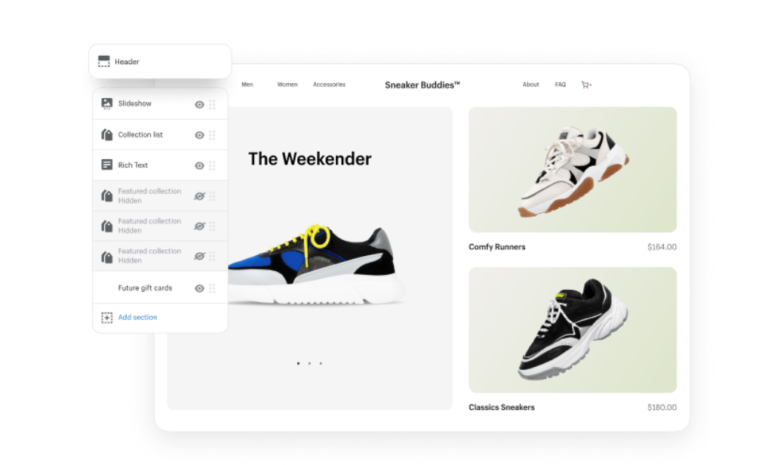
The MVP constitutes the inception of a startup’s activities. For any newly established startup, that initial stage represents a phase that is as delicate as it is decisive. The Italian equivalent of the expression Minimum Viable Product is “minimum working product.” Frank Robinson, co-founder of SyncDev, coined the term in 2001. He used the expression to refer to products with the highest ROI (Return on Investment) relative to risk. The concept of MVP indicates the initial project, still lacking advanced features, but consisting only of the essential ones. We speak, therefore, of a kind of framework on which to build one’s business strategy.

What is MVP?
Over time, MVP has become a basic concept of various methodologies and in particular the “Lean Startup” method created by entrepreneurs Steve Blank and Eric Ries. This is based on the “Build – Meausure – Learn” principle. But specifically what is MVP and why is MVP startup an inseparable pair? The Minimum Viable Product is a real product, i.e., an application, website, or service that, according to the Lean Startup Movement strategy, is generated with as little expense as possible and equipped with a few basic features, enough to test its effectiveness with customers right away. The product, despite still being a “beta,” is already ready to be put on the market for feedback. These are used to reshape the proposal and refine the functions of the project.
Why is MVP so important for startups and what is its main purpose?
The goals of those using this method are:
- optimize and make efficient from the outset the path adopted by the startup
- identify any errors and reshape the project as it runs
- test the product right away to see if it can meet the buyers’ real needs
The mistake of so many startups is to get too caught up in the design phase for too long, wanting to define even the smallest detail in advance and investing the entire budget on a finished product without first testing it and subjecting it to user feedback. On the contrary, listening to customers’ input is very important, as almost all of them are geared toward meeting a precise need.

All the features of MVP
The main features of this approach are low implementation costs and short planning time, generally in the 30-day range, depending on the type of product. The final version will be built over time, after it is released to the market and feedback is obtained from the public. Costs are primarily related to the type of CMS chosen to build the final product. For example, opting for free software such as WordPress makes it possible to build an MVP with minimal expenses. Of course, expenses allocated to market analysis, data collection, advertising the product, and improvements to be made to the product based on feedback obtained and any problems encountered during testing should be added to the estimated costs.
MVP in marketing
A startup’s Minimum Viable Product guides the company’s marketing strategies, as well as the implementation of the product, starting with the basic idea. Every startup starts with an idea, the implementation of which is aimed at meeting a certain need. It then moves on to the prototype, which consists of a simulation created specifically to identify the design and define the usability of the product. The next step involves the creation of the MVP, which is the evolution of the prototype and must have the minimum functionality to be launched in the market. This approach helps to identify any critical issues in time and to understand whether the path taken is really the right one or design changes are needed.












+ There are no comments
Add yours